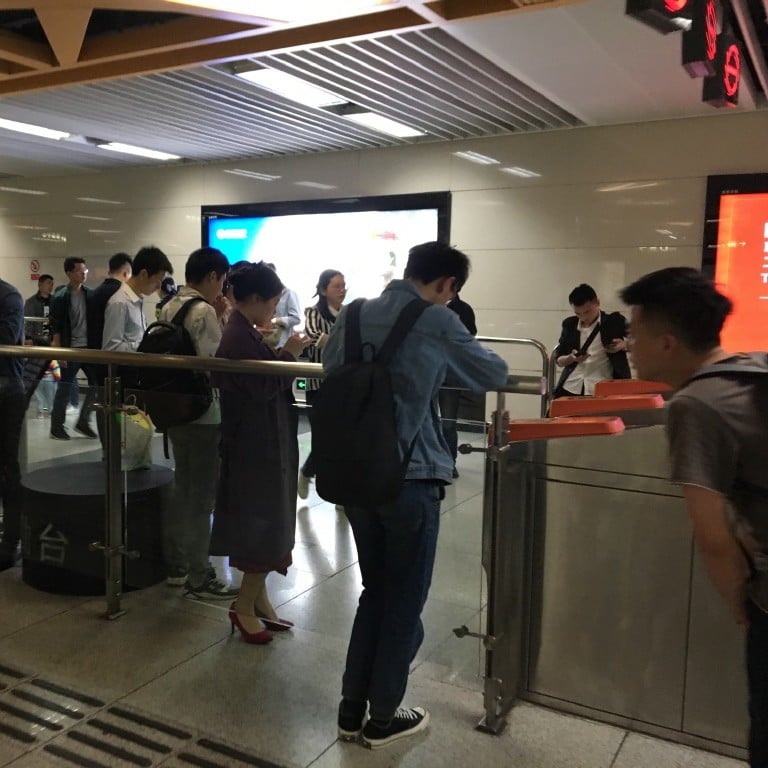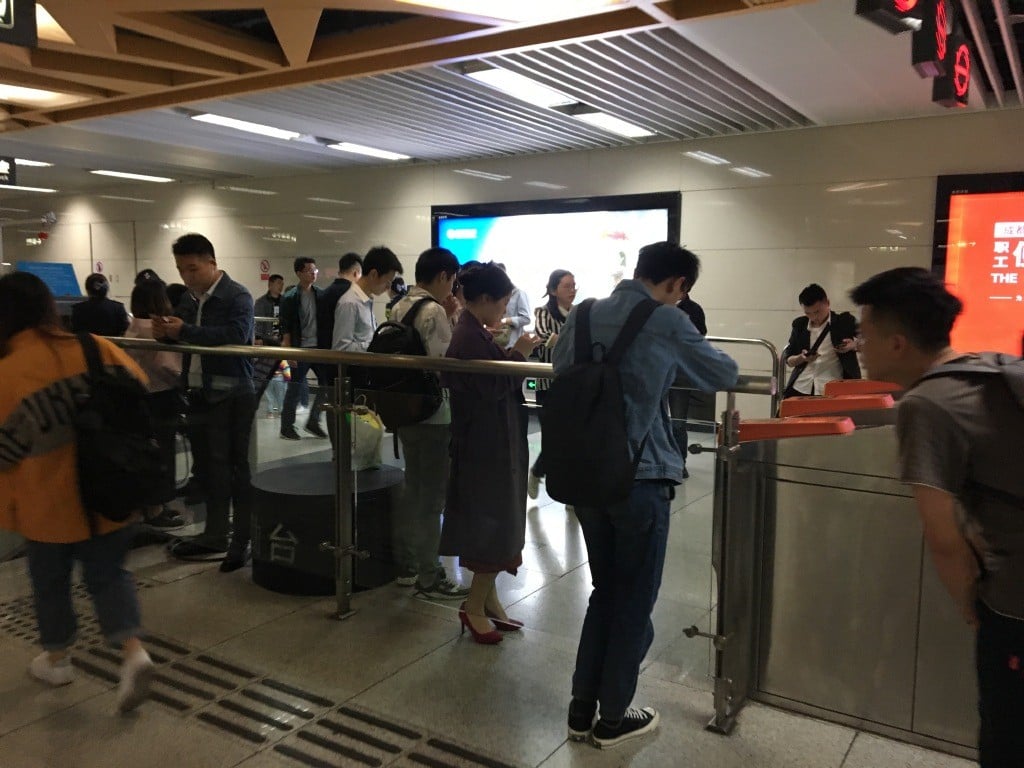
Crashed app causes chaos during rush hour commute in one of China’s largest cities
A malfunctioning payment app led to long lines and late workers in Chengdu
It’s annoying when any app crashes on your phone, but most of the time it’s just a minor inconvenience. What happens when the app is an integral part of your life, though? Some Chinese commuters learned the hard way Monday morning.
Like many mobile payment services in China, Tianfu Tong normally generates a unique QR code for each transaction. Train passengers, for example, can use it to scan in and out of the station.
How the QR code conquered China

(Abacus is a unit of the South China Morning Post, which is owned by Alibaba.)
For more insights into China tech, sign up for our tech newsletters, subscribe to our Inside China Tech podcast, and download the comprehensive 2019 China Internet Report. Also roam China Tech City, an award-winning interactive digital map at our sister site Abacus.

